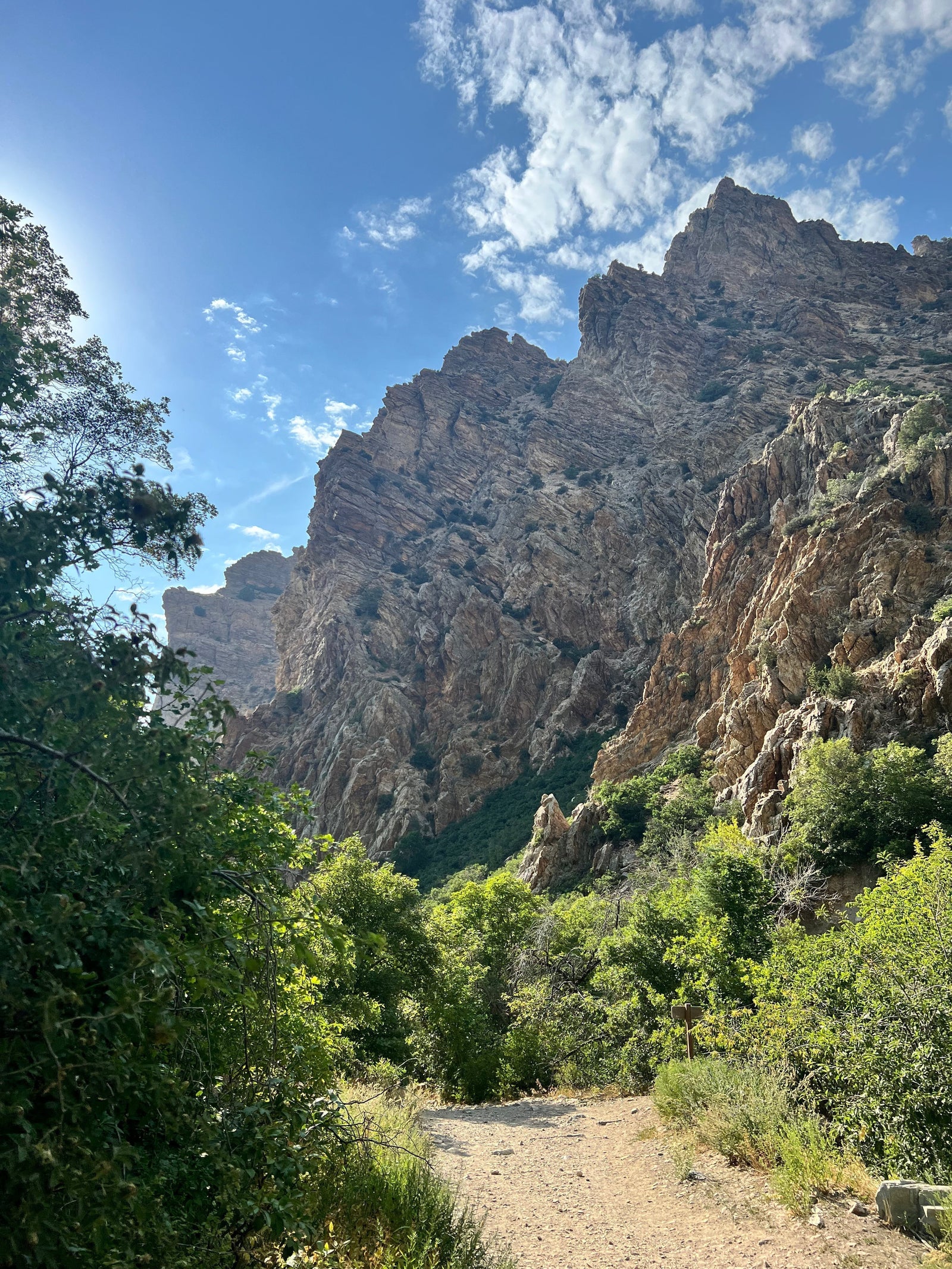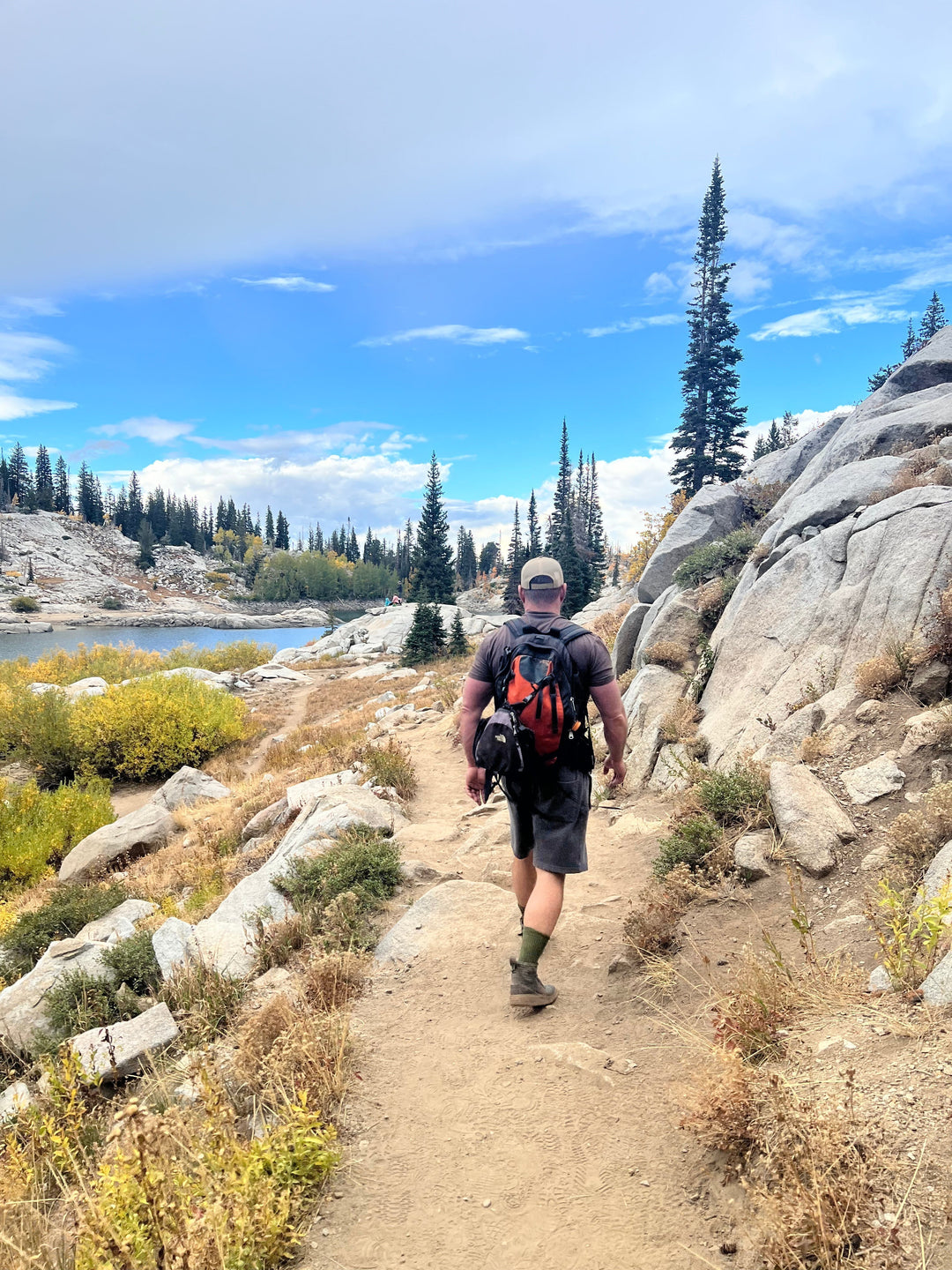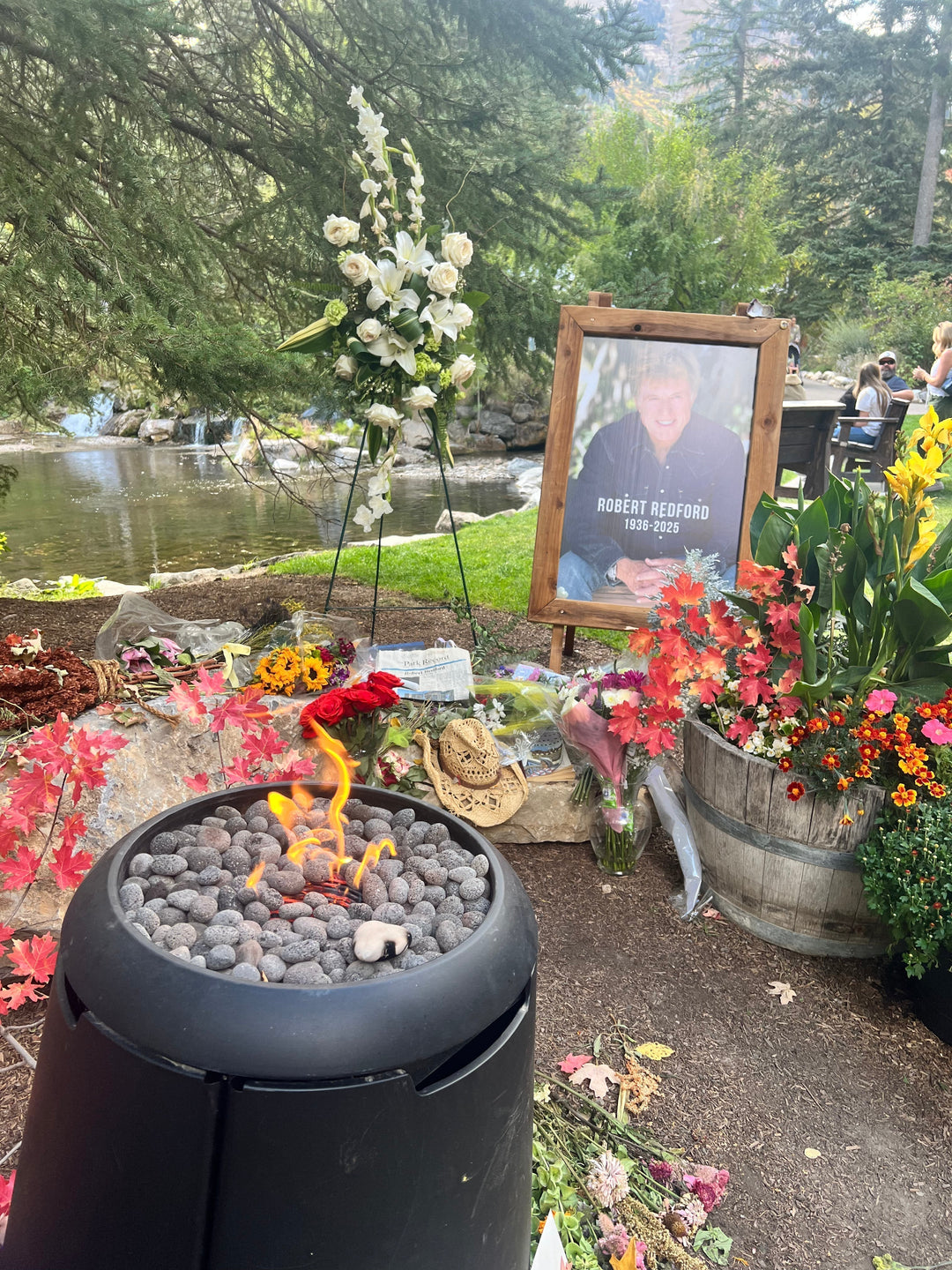Hiking Kyhv Peak | Everything You Need to Know

Located just outside the bustling city of Provo, Kyhv Peak stands as a rugged and less-traveled gem in the Wasatch Range. With panoramic views of Utah Valley and the surrounding mountains, it offers hikers a rewarding adventure in a more serene and quieter setting than some of the area's more popular trails. Whether you're a seasoned hiker or just looking to try something new, hiking Kyhv Peak promises an unforgettable outdoor experience.
A New Name
Kyhv Peak was formerly called Squaw Peak until it was officially renamed in 2022 as part of a federal order to remove offensive terminology from geographic locations across the United States. "Kyhv" (pronounced like hive) is derived from the Ute language and means "mountain."
Why Hike Kyhv Peak?
Kyhv Peak is a hidden treasure for those seeking an adventure off the beaten path. With sweeping views of Provo, Utah Lake, and Mount Timpanogos in the distance, this hike offers a breathtaking perspective of Utah Valley's natural beauty. The trail is more secluded, especially after the first mile, meaning it’s perfect for those who prefer a quieter, less crowded hike but still want an awe-inspiring summit.
What sets Kyhv Peak apart is the combination of accessibility, difficulty, and scenic value. It's challenging enough to provide a great workout, but not too strenuous for casual hikers. The peace and beauty you experience here make it worth every step.
Trail Overview
-
Distance: 4.6 miles (round trip)
-
Elevation Gain: 1,800 feet
-
Estimated Time: 3 to 4 hours (depending on pace)
-
Difficulty: Moderate to strenuous
-
Best Time to Hike: Spring to Fall, but check conditions in winter for snow and ice.
Trailhead Location
The Kyhv Peak Trailhead is located just off the main road, in the foothills of Provo. You’ll find a parking area just above the Provo Temple at the base of Rock Canyon. The trail is well-marked, so you won’t have trouble finding your way.

What to Expect on the Trail
The hike begins with a gradual ascent through sagebrush and wildflowers. During the first stretch, it is common to see a lot of people, including rock climbers as Rock Canyon is a popular rock climbing destination.
Once you reach the green gate, the trail becomes quieter and more enclosed, with a river to the left and the walls of the canyon on both sides.
As you continue, the terrain becomes rockier, and the incline steepens, challenging your endurance.
Wildflowers and Wildlife in Rock Canyon
As you make your way up Rock Canyon, you’ll be treated to an ever-changing landscape filled with diverse plant and animal life. During spring and summer, the trail comes alive with vibrant wildflowers, including Indian paintbrush, lupine, and bluebells, which blanket the lower slopes. These colorful blooms provide a stunning contrast against the rugged terrain and are a favorite of photographers and nature lovers alike.
In terms of wildlife, keep an eye out for Bighorn Sheep sunning themselves on the rocks, and the occasional rock wren or mountain bluebird flitting about. You may also spot larger animals like deer or elk grazing in the meadows below, and if you're lucky, a red-tailed hawk or golden eagle soaring overhead. Be sure to keep an eye out for rattlesnakes as they sometimes appear near the trail. Mountain lions also call Rock Canyon home, though they are rarely seen on the main trail and generally avoid people.
Five Bridges and a Detour
There are five bridges on the first part of the hike. After the fifth bridge, you can keep going on the main path to the campground, or, if you're going to the peak, you need to take a marked path on your left.
The next mile or so is the steepest part of the hike as you follow a narrow dirt path to the north. However, it is very well-shaded and eventually opens into some beautiful meadows.
The real reward comes when you reach the summit, where you'll be treated to a stunning 360-degree view of Utah Valley, Mount Timpanogos, and the surrounding Wasatch mountains. It’s the perfect spot for photos or a quiet moment to take in the peacefulness of the area.

What to Bring
Since Kyhv Peak is a longer, more strenuous hike, it’s important to come prepared. Here are a few essential items for a safe and enjoyable hike:
-
Water: At least 2 liters of water for hydration, especially in the summer months.
-
Sturdy Hiking Shoes: The rocky terrain makes good footwear a must.
-
Snacks: Pack energy-boosting snacks like nuts, trail mix, or a protein bar to keep you fueled.
-
Sunscreen: The trail offers little shade, so protect your skin from the sun.
-
Hat and Sunglasses: For added sun protection.
-
Camera/Phone: You’ll want to capture the panoramic views at the summit!
Tips for the Best Experience
-
Start Early: To avoid the midday heat and the crowds, it’s best to start your hike early in the morning.
-
Take Breaks: With a steady incline, it’s important to pace yourself. Take breaks along the way to enjoy the scenery and recharge.
-
Watch Your Footing: Some sections of the trail can be slippery or loose, so pay attention to your footing, especially on steeper parts of the climb.
-
Check the Weather: Always check the forecast before heading out. Kyhv Peak can be challenging when it's windy, rainy, or snowing.
Family-Friendly or Not?
Kyhv Peak is a bit more demanding than some of the more beginner-friendly hikes in the area, so it's better suited for experienced hikers or those with older children. However, families who are accustomed to hiking and are ready for a bit of a challenge will find this hike to be both fun and rewarding.
Safety Considerations
-
Weather Conditions: Always check the weather forecast before heading out. The trail is exposed to the elements, and conditions can change quickly in the mountains.
-
Trail Difficulty: While not the hardest hike in the area, it can be demanding. Make sure you’re physically prepared for a moderate-to-strenuous hike.
-
Dogs: Dogs are allowed, but be sure to keep them on a leash, especially as some sections of the trail can be tricky.
The Perfect Adventure
Kyhv Peak is a gem for those looking to enjoy a slightly more challenging hike with a rewarding payoff at the summit. It’s a great option for those who want to escape the more crowded trails while still enjoying some of the best views in Utah Valley. Whether you're hiking with friends, family, or solo, the quiet solitude at the top makes it a perfect spot for reflection, nature appreciation, and unforgettable memories.
And don’t forget to come pick up your free "Kyhv Peak Badge" at Timpanogos Hiking Co.!








Would love to see a map of the route you did. we went past the gate and the bridges but it ended up being over 4 miles to get to the peak.
Leave a comment